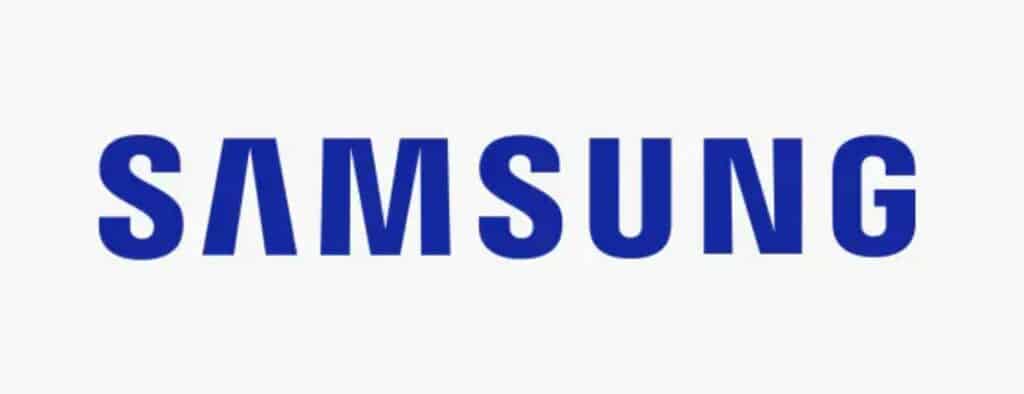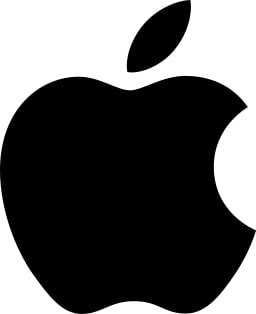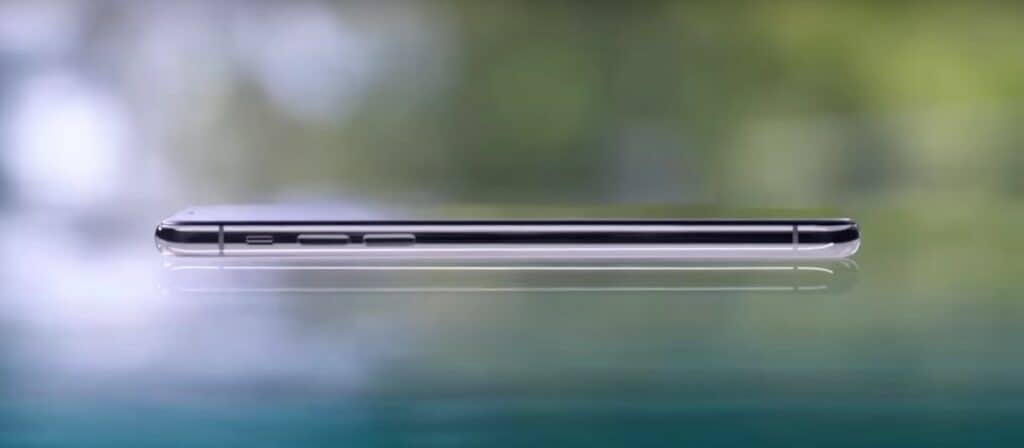You’ve just bought a new iPhone, and then you suddenly discovered that your iPhone might not be a 100% Apple product! Is that possible? Can one manufacturer use parts of other brands? Does Apple use Samsung Parts for iPhones or other products? Well, it’s not so simple so let me explain what’s happening.
Let’s first address the elephant in the room; Apple doesn’t manufacture or assemble its parts. That means it needs suppliers for every single part of your new iPhone. And guess what? The biggest Apple supplier is its rival, Samsung! There, I’ve said it!
Wow! How’s that even possible? Don’t be so shocked. It’s possible, and it’s not something illegal or immoral. It’s just business, and Apple is not the only one doing it — it’s pretty much standard.
Throughout history, you can find these examples across all industries, especially the automobile industry. For example, did you know that Renault and Nissan share almost every component? Yes, that’s a fact. But let’s get back to Apple’s iPhone. (Yes, the one you’re holding in your hands.)
Does Apple Use Samsung Parts?
Now, here’s a big truth about Apple: Apple neither makes nor assembles the iPhone you use. In fact, Apple’s biggest supplier is its biggest rival, Samsung. The South Korean electronics giant isn’t just a manufacturer of products like displays, memory chips, and home appliances — Samsung supplies key components to Apple for the iPhone. So don’t be surprised if your new Apple phone contains at least one Samsung part!

Samsung and Apple’s Relationship Status – It’s Complicated
We all know that Samsung and Apple are competitors in the smartphone niche, and we have seen them battle it out since the 2000s. The two companies constantly compete as they release flagship models year after year to out-do each other. Not to mention the snarky marketing campaigns!
But, just like in every relationship, after the initial “rosy phase” and fiercely competitive start (and even a few lawsuits), both companies realized that there were some segments where they could collaborate and benefit from each other.
The fact is that Samsung was one of the components suppliers for Apple back in 2007 when Apple released the first iPhone. It is almost impossible to say which Samsung parts Apple used for that first iPhone. Reports claim Samsung supplied memory chips, processors, and other components for the device.
The war started in 2011 when Apple sued Samsung over design and software patents, and Samsung countersued. Apple won in 2012, and Samsung appealed. The result: the US Patent and Trademark Office tentatively invalidated a few of Apple’s patents.
But no, that wasn’t the end of this phase. It lasted till 2016 through several lawsuits and appeals. In the series of lawsuits between Apple and Samsung from 2011 to 2016, both companies were awarded judgments in their favor at various points.
And? How did it finish? It finished with Apple and Samsung quietly settling the matter out of court in June 2018.
Do you know what the fascinating part is? It’s the fact that even though they were suing one another, Samsung remained on Apple’s supplier list. Why? Let’s dig a bit deeper.
Why Apple Needs Samsung:
Samsung Electronics
It’s no secret that Samsung, South Korea’s largest company, is the most prominent producer of electronic devices worldwide. They manufacture various electronics, including digital media devices, semiconductors (necessary for manufacturing different electronic devices, including diodes, transistors, and integrated circuits), memory chips, and integrated systems.

Samsung entered the smartphone niche in 2009 with SCH-100. It used a proprietary operating system called Samsung Smartphone (SSP), which could have been a bigger hit, but missed since it provided only basic smartphone functionality like calling, messaging, and essential apps.
This was probably why Samsung started using Google’s Android system with the Samsung Galaxy S, released in 2010, turning Android into one of the most used smartphone operating systems.
In 2009, Samsung held 3% of the smartphone market share and reached its peak in 2012, with 32.2% of the share. No, they didn’t leave the game after 2012; they are still among the top five.
They showed the world how to create excellent products with high-quality components on a budget and managed to generate $241 billion in 2021. That’s probably why Apple tapped into their parts from the very beginning.
Apple
If we talk about revenue, Apple is the king of the world. It generated $365.8 billion in 2021; as of June 2022, it’s the world’s biggest company by market capitalization. So, yes, they know how to make money. But do they know (or even want) to make components?

Let’s say that Apple’s business model is a bit different than Samsung’s. Apple doesn’t have its own manufacturing; therefore, it must source components from other companies worldwide. Yes, worldwide!
From Apple’s first iPhone in 2007 to now, its parts come from Japan, South Korea, Taiwan, the Philippines, Malaysia, Mexico, Mongolia, Costa Rica, Singapore, Vietnam, India, and Europe. And, of course, some parts come from the USA (the blueprint, crystal, some specialized parts, and processors).
Oh, have I mentioned China? You probably know that Apple has relied on a manufacturing network in China, where they have been assembling most iPhones, iPads, and other products, for years.
So, yes, Apple has a long list of suppliers (more than 200 companies worldwide). These component manufacturers create glass screen interfaces, memory chips, casings, cameras, etc.
And Samsung, their greatest rival, has been on the list of suppliers from the beginning. Now let’s see what exactly they provide Apple with.
What Samsung Parts Does Apple Use?
As I mentioned, Samsung and Apple have had a love-hate relationship from the start, meaning that even though they are competitors in the smartphone market, they cooperate when it comes to parts. Samsung supplies around 25% of the components for Apple products.
I took a look at Apple’s list of suppliers for 2021, and I found three Samsung companies there:
| Company | Country |
|---|---|
| Samsung Electro-Mechanics Company Limited | China Mainland, South Korea, Philippines, Thailand |
| Samsung Electronics Company Limited | China mainland, South Korea, United States, Vietnam |
| Samsung SDI Company Limited | China mainland |
So, there’s no hiding or denial, but which parts does Apple use? It’s not easy to determine. But let’s start with the list of components that Samsung is famous for and recognized as one of the leading suppliers.
What components does Samsung sell to other companies?
- Memory chips – Did you know that Samsung is one of the world’s largest manufacturers of memory chips? It supplies many memory chips, including DRAM, NAND flash memory, and SSDs, to other companies.
- OLED and LCD displays – Samsung is also one of the leading manufacturers of OLED and LCDs, and it supplies these displays to other companies for use in smartphones, tablets, laptops, and other devices.
- Processors – Yes, it designs and manufactures a range of processors for mobile devices, laptops, and other devices and supplies them to other companies, as well.
- Camera modules – The same goes for cameras that Samsung manufactures and supplies to other companies for smartphones, tablets, and other devices.
- Semiconductors – Samsung is a leading manufacturer of semiconductors (which are materials that have electrical conductivity between a conductor and an insulator) and supplies a range of semiconductors to other companies for use in electronic devices and appliances, including computers, smartphones, televisions, and cars.
- Home appliances – Yes, we all know that Samsung manufactures refrigerators, washing machines, air conditioners, etc., and supplies other companies.
Which of these components does Apple use for its products?
It really depends on the time frame we’re talking about. But I could say that on the overall list, it would be:
- Panels – Samsung supplies Apple with OLED displays for Apple Watch Series 5, 6, and SE, and iPhone (various models), though Apple announced that we could expect new OLED iPad Pro screens, with MacBook Pro models to follow.
- Memory chips – Apple uses NAND flash memory in various products, including iPhones, iPads, and MacBooks. NAND flash memory is non-volatile storage that can retain data even when the power is turned off.
- Dynamic Random Access Memory chips – Apple also uses DRAM (Dynamic Random Access Memory) chips in various products, including iPhones, iPads, and MacBooks. DRAM is a type of memory that temporarily stores data that the device is currently using, allowing the device to access this data quickly.
- Processors – It’s worth knowing that Apple used Samsung processors for some iPhone and iPad models, for specific markets.
- Batteries – Now, I have to mention that in the past, Apple used Samsung as a lithium-ion battery supplier for MacBooks and iPads, but it is uncertain to what extent and for which models. Samsung was on the list of battery suppliers, alongside ATL, BYD, LG Chem, and Panasonic.
Does iPhone Use Samsung Parts?
First of all, let’s call them components because if we call them parts, it sounds like Apple is taking Samsung parts and installing them into iPhones, making it more like Frankenstein than a smartphone.

If you read the previous section, you know the answer to the question, does iPhone use Samsung parts (components)? It’s a big YES.
Your iPhone might have:
- Samsung OLED display
- Samsung NAND Flash memory chips
- Samsung DRAM chips
- Samsung Processor
So, let’s see what and where.
OLED displays
If you have iPhone X (2017), iPhone XS (2018), iPhone XS Max (2018), iPhone XR (2018), iPhone 11 Pro (2019), iPhone 11 Pro Max (2019), iPhone 12 mini (2020), iPhone 12 (2020), iPhone 12 Pro (2020), iPhone 12 Pro Max (2020), iPhone 13 mini (2021), iPhone 13 (2021), iPhone 13 Pro (2021), iPhone 13 Pro Max (2021) your phone probably has a Samsung OLED screen.
NAND flash – Memory Chips
In iPhone models, NAND flash memory is used for internal storage. For example, the iPhone 12, iPhone 12 Pro, iPhone 12 Pro Max, iPhone 13 mini, iPhone 13, iPhone 13 Pro, iPhone 13 Pro Max, and so on have options for internal storage of 64GB, 128GB, 256GB, 512GB, and 1TB.
And since Samsung and Western Digital (through its subsidiary SanDisk) are currently the world’s largest suppliers of NAND flash memory, there’s a high chance your iPhone has that component supplied by Samsung.
DRAM (Dynamic Random Access Memory) chips
If you have an iPhone 12, iPhone 12 Pro, iPhone 12 Pro Max, iPhone 13 mini, iPhone 13, iPhone 13 Pro, iPhone 13 Pro Max, or any other model offering RAM options of 4GB, 6GB, and 8GB, the chances your iPhone uses Samsung DRAM chips is pretty much high.
And guess who the largest supplier of DRAM chips is? That is correct! Samsung and SK Hynix are considered the largest suppliers of DRAM (Dynamic Random Access Memory) chips worldwide.
Samsung Processor
Now, don’t get scared. Not all iPhones have Samsung processors. Still, it’s worth mentioning that some versions of iPhone 4S, iPhone 5, iPhone 5C, iPhone 5S, iPhone 6, and iPhone 6 Plus sold in the international market used Samsung’s Exynos processors.
Frequently Asked Questions
Does iPhone use Galaxy parts?
No, the answer is NO! The fact that Samsung is Apple’s supplier for some components does not mean Apple uses Galaxy parts for iPhones.
Who makes chips for Apple phones?
Since Apple doesn’t have its own manufacturing, TSMC is the primary manufacturer of Apple’s A-series processors. Still, they also use other companies, such as Samsung and GlobalFoundries, as secondary manufacturing sources.
Conclusion
As you can see, answering the question of whether Apple uses Samsung components is straightforward. Yet, it’s complicated because of the challenging relationship between these two companies.
Yes, Apple has a long list of suppliers since they don’t have manufacturing, and Samsung was and still is on the list (even on their worst days, during legal disputes).